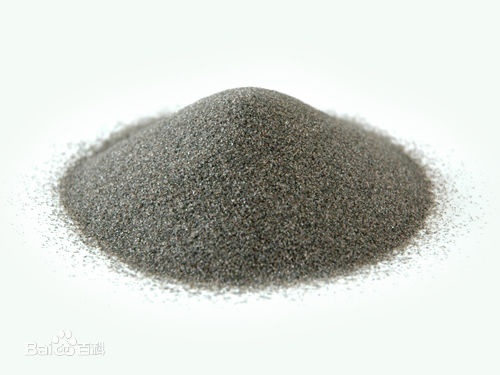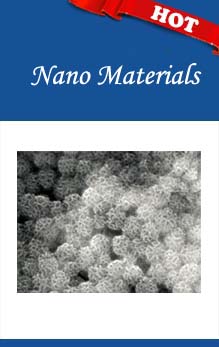
ZrH2 Powder, >99.5%, 38um, 48um, 75um
- Send E-mail to us:sales1@rboschco.com
- Tel:+86 (0379)65110019
- Fax:+86 (0379) 65110031
We're here to help Easy ways to get the answers you need.
Detailed
Specification:
Product Name: Zirconium Hydride Powder
CAS Number: 13940-37-9
Features:
Zirconium Hydride Powder, Titanium Hydride Powder, Vanadium Hydride Powder, Hafnium Hydride Powder, Zirconium Nitride Powder, Titanium Nitride Powder, Vanadium Nitride Powder, Nitrogen Containing Chrome Powder, Nitrogen Containing Manganse Powder.
Zirconium is found in the Earth's crust only in the form of an ore, usually a zirconium silicate, such as zircon. Zirconium is extracted from zirconium ore by removing the oxygen and silica. This process, known as the Kroll process, was first applied to titanium. The Kroll process results in an alloy containing hafnium. The hafnium and other impurities are removed in a subsequent step. Zirconium hydride is created by combining refined zirconium with hydrogen. Like titanium, solid zirconium dissolves hydrogen quite readily.
The density of zirconium hydride varies based the hydrogen and ranges between 5.56 and 6.52 g cm-3.
Properties:
Molecular Formula: ZrH
Molecular Weight: 92.232
Density: 5.9 g/cm3
Applications:
As a pure powder, zirconium hydrides are used as hydrogenation catalysts, in powder metallurgy, and as getters in the vacuum tube industry. In vacuum system, zirconium hydrides help establish a seal between a metal and ceramic. In this method, a hydride powder (particularly ZrH4) is mixed with the sealing metal; heating the mixture results in decomposition of the hydride. The evolving hydrogen cleans up the surrounding area, and the produced metal flows and forms a seal even at temperatures as low as 300 °C.
ZrH2 is used in powder metallurgy, as a hydrogenation catalyst, and as a reducing agent, vacuum tube getter, and a foaming agent in production of metal foams. It is also used as a neutron moderator in thermal-spectrum nuclear reactors such as the TRIGA research reactor developed by General Atomics or the Soviet TOPAZ nuclear reactors. Other uses include acting as a fuel in pyrotechnic compositions, namely pyrotechnic initiators.


